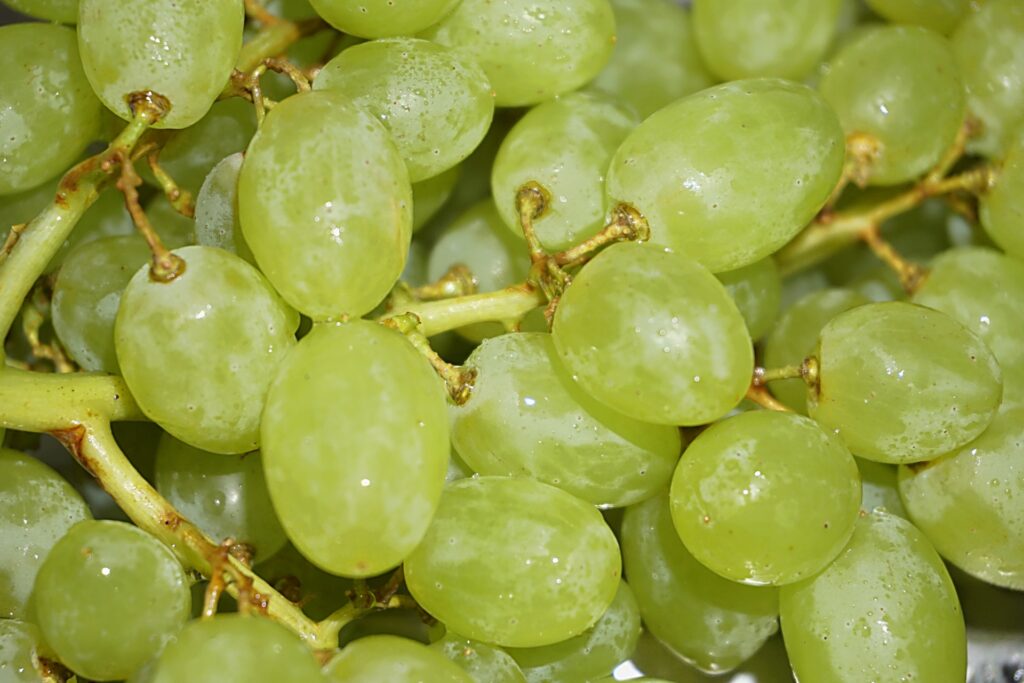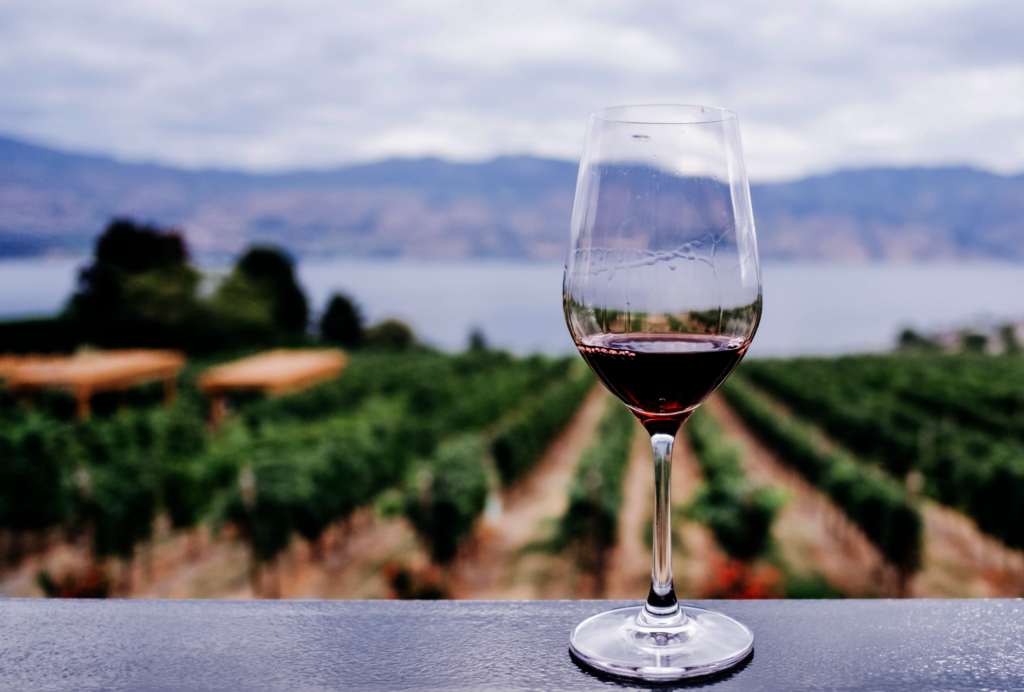Precision viticulture coming to fruition
Mists, check. Mellow fruitfulness, check. Maturing sun, – eventually check! In the UK the 2021 growing season has been good but not exceptional. A late spring followed by a warm June and July gave way to a disappointing August with plenty of warm damp days to encourage the development of mildew. It has been fascinating […]
Precision viticulture for table grapes

Some farmers do not pick grapes, squash them and then ferment the juice. Some farmers just sell them for eating. And why not? Grapes have long been the gift of choice for hospital visitors. The glucose sugar in grapes is absorbed quickly into the blood stream to provide a burst of energy for a sick […]
Discovering precision viticulture

Imagine sharing a bottle of wine as the sun sets slowly over the vineyard. Who wouldn’t want to work in a winery? Corbeau founder Pierre Graves talks to agronomist Miguel Rodrigues from XpectralTEK about his passion for wine and technology. So what originally inspired Miguel to become a viticulturalist? “It’s actually perfect that you are […]